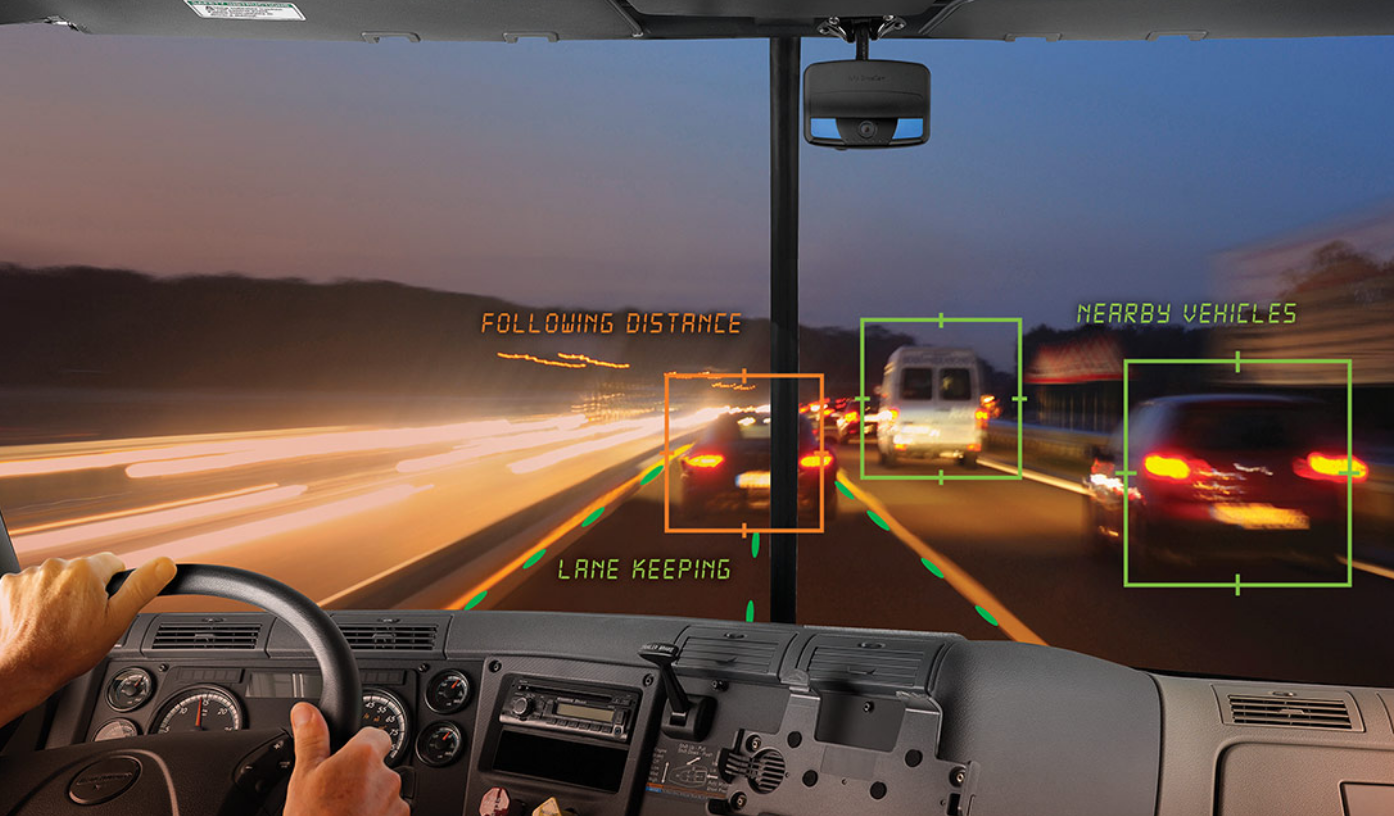The Battle Against Distracted Driving Makes Gains
One year after the introduction of Lytx ActiveVision, the new approach is making gains toward reducing distracted and drowsy driving in some of the country’s largest trucking fleets.
Here’s how it works: The ActiveVision service employs machine vision technology combined with real-time in-cab alerts and video event capture to better reveal how, when and why driver distractions take place, and then delivers precise coaching insights to help the drivers improve their safety.
Users include Swift Transportation, YRC, Melton Truck Lines, and Cargo Transporters.
The company says that “among the results, ActiveVision helped fleets detect:
60 percent more lane departures and the root causes behind them
Up to 24 percent more drivers who are driving while distracted
Up to 65 percent more events where the driver is identified as following too closely, and the root causes behind them.”
All ActiveVision triggers are in full force to help identify even more risk in fleets. ActiveVision detects line markings, road signage, and surrounding traffic and assesses if patterns related to the following driving event occur:
- Lane Departure: Leaving the lane without signaling
- Following Distance: Not enough space between driver’s vehicle and the vehicle ahead
- Critical Distance: Increased potential for impact with vehicle ahead
- In-lane Fitness: Maintaining the boundaries of a single lane
These triggers generate in-cab audio and visual alerts to signal the driver and give him or her the opportunity to correct the behavior. If the alerts go unheeded and the behavior continues, the event recorder will capture video and corresponding data for use in coaching the driver.
“Since using the ActiveVision service, we’ve been able to dramatically reduce distracted driving by sharing video events in one-on-one coaching,” said Victor Malchesky, Corporate Director of Safety and Compliance for Swift Transportation. Swift has ActiveVision deployed in 14,000 of its trucks. “Many times drivers don’t realize they have driving habits that need adjusting until they can see it in an ActiveVision event recording.”
Category: Connected Fleet News, General Update











